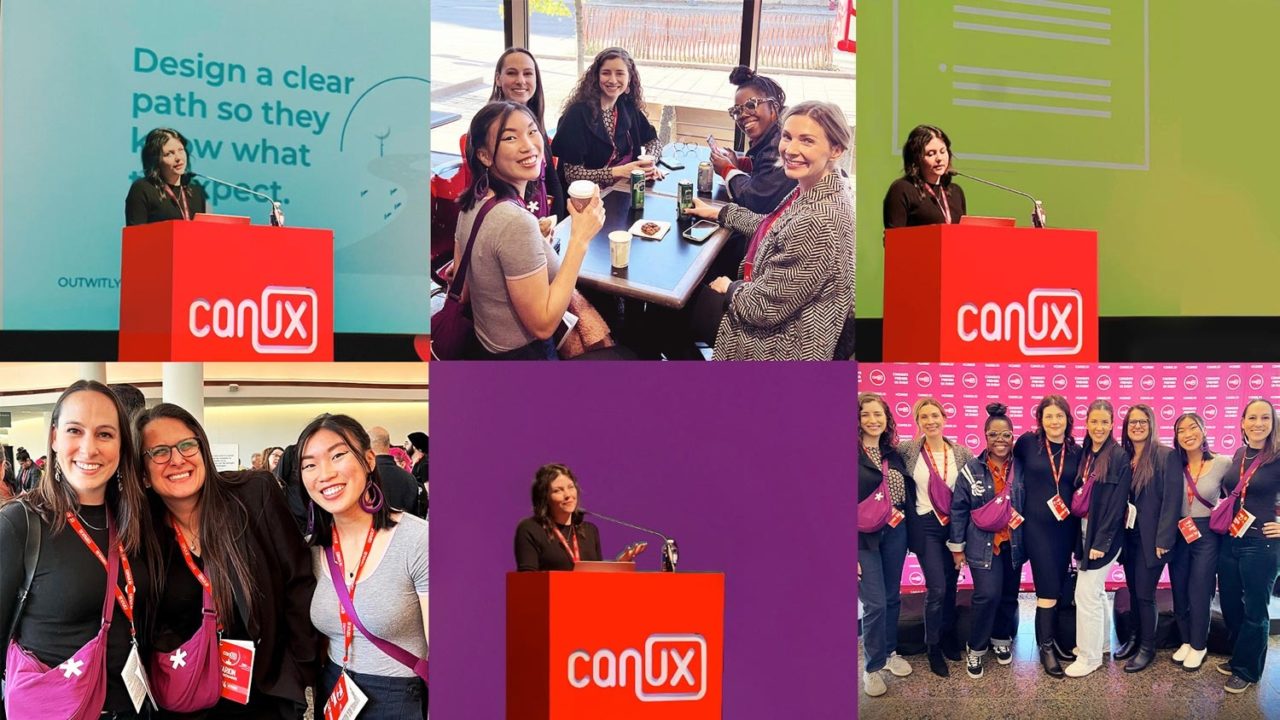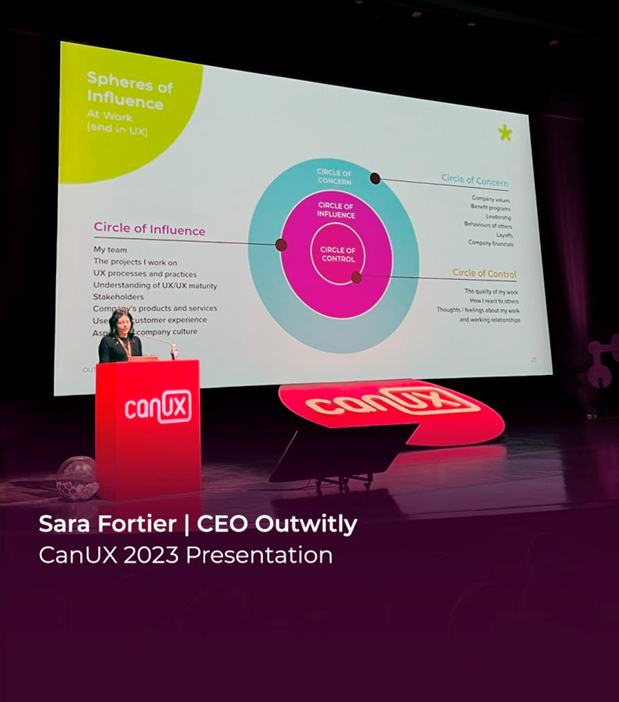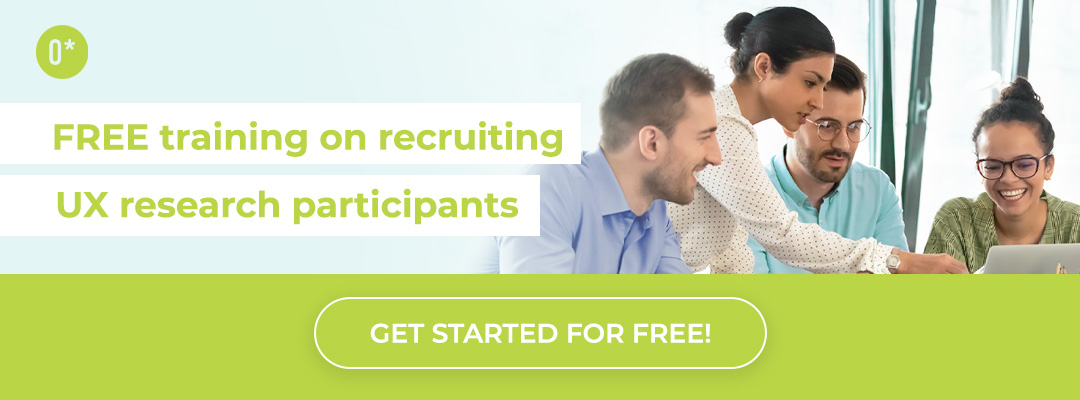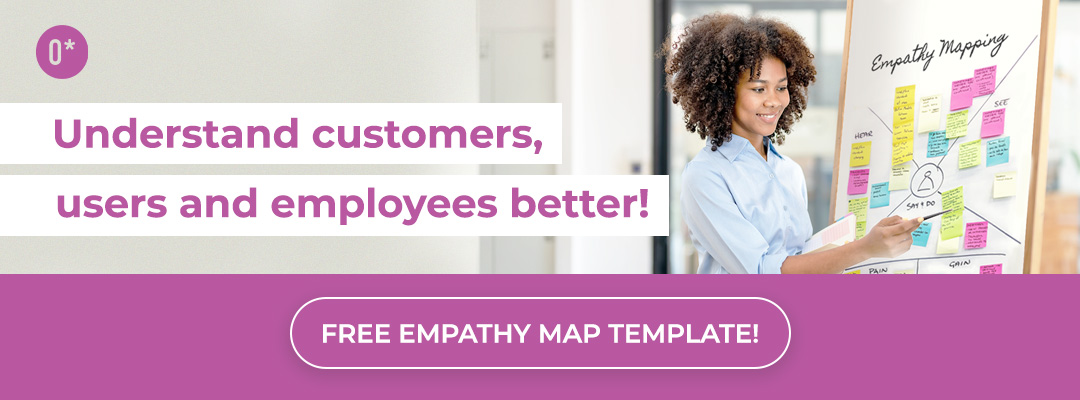
Last week, the Outwitly team attended the CanUX 2023 conference in Ottawa, Ontario. We had an amazing time catching fresh inspiration from all the brilliant minds in user experience that came to the event. We listened to talks, networked with other UX design practitioners and even squeezed in some memorable team bonding. (Since we’re a 100% remote team, the reunion was an added bonus.)
On the way home, we were all still bubbling over with excitement about the event, and we couldn’t wait to put a CanUX event recap together for the Outwitly blog.
In today’s blog, we’ll take you through:
- A brief introduction to CanUX
- Our CEO Sara Fortier’s CanUX presentation
- The Outwitly Team’s 12 key takeaways from the conference
If you weren’t there this year, we might just convince you to attend the next one!
What is CanUX?
CanUX is a yearly conference that brings user experience professionals, learners and industry leaders together to share their expertise and learn from each other. It’s Canada’s biggest and longest-running UX event, and while it’s hosted in Canada, it invites speakers from all over the world!
(Wondering how to pronounce CanUX? It sounds like “Canucks,” a slang term for a group of Canadians, and the name of Vancouver, British Columbia’s hockey team.)
Earlier this year, you might remember that we shared our list of the top 2023 UX design and HCD conferences, and you can bet that CanUX was on that list.
View this post on Instagram
CEO Sara Fortier’s CanUX Conference Presentation
We all absorbed a TON of valuable knowledge at CanUX this year, but the inspiration didn’t stop there: We also got a chance to see our very own CEO, Sara Fortier, present a talk!

Sara drew on her 12+ years of experience in UX and design research (including 4 years in Silicon Valley!) to deliver her talk, entitled, “Unlocking the Full Potential of UX: Mastering Stakeholder Buy-in.”
In her intro, she identified the many unspoken skills that UX practitioners need to learn in order to effect real change — skills that they weren’t taught in school. Then, she took us through the tried and tested strategies she’s used to gain buy-in for design and design research within her clients’ organizations.
Her main topics of focus were:
- How to grow your influence within a team, department and organization at large (with a UX-based interpretation of Stephen Covey’s circles of influence).
- The 6 essential soft skills every UXer should master in order to unleash their full potential.
- Identifying and navigating company politics to achieve your design goals.
- Building trust and alignment with stakeholders and teams throughout the project lifecycle (including the 5 keys to trust-building).
If you missed the conference and you want to learn more, the slides from Sara’s presentation are actually available for download — for free! Click the button below to access them:
Our 12 Key Takeaways from the 2023 CanUX Conference
There were more than 20 speakers who presented across the four-day event, and we went to as many of them as humanly possible.
That’s why we have a whopping 12 key takeaways to share with you from the conference! Here to break them down are four powerhouse members of our design team:

Takeaways from Janine Loo: Our Experience Design and UX Researcher extraordinaire
Coming back to the CanUX conference in person for a second year was a breath of fresh air! Remote work is the norm in our industry, but nothing beats creating connections in person, with the conference’s backdrop of rich insights and inspiring stories. CanUX’s 2023 program spanned diverse topics, each with their own unique takeaways.
1. Hope and well-being are crucial for UX.
Starting off the conference, Vivianne Castillo explored the profound impact of hope on UX. A big highlight from this talk was emphasizing the importance of finding what sparks light from within you. UX practitioners were encouraged to align their values with their creative processes, and promote rituals like retreats, capacity audits and self-advocacy for maintaining their well-being. This talk struck a chord, what with the difficult industry landscape that UX practitioners have been facing for the past year.
2. XR demands a whole new level of UX design.
Lisa Lokshina gave us a wonderful crash course on how the UX discipline is being explored in extended reality, or XR. She urged a nuanced understanding of the environment, and led us through the key differences between designing for screens and designing for virtual reality.
For example, designers must apply great care to the point of entry for the immersive experience, since XR can literally transport a user to a new world. On top of this, sensory feedback and interactions have to be handled differently, since users are approaching them in 3D space.
3. Human-centered design needs redefining.
Keynote speaker Bill Buxton’s CanUX presentation was another one that really got me thinking. In a spirited speech, Bill urged a broader perspective on human-centered design, acknowledging intelligence in various elements, including the environment. He discussed the notion of “extended intelligence,” emphasizing the symbiotic relationship between humans and their creations and the mutual shaping of tools and individuals.

Takeaways from Aday Sami-Orungbe: An amazingly talented Service Designer from our team!
4. Experience design can make or break technology.
What stood out to me at CanUX was this message: Sometimes, even the best tech can be ruined by terrible user experience. Not only does bad UX impact the ease of use, like with an inconvenient and clunky app, but it could cause fatal errors in higher-stakes scenarios, like with hospital monitoring systems.
5. AI should help UX designers, not replace them.
A lot of industries are wary of being replaced with AI. UX is no exception. However, we are watching in real time the limitations of AI — it just can’t do everything a human can do. A key takeaway for me was that, rather than forcing AI to do anything and everything, we should recognize the areas where AI is most useful and least risky: mundane, low impact and low accuracy situations.
6. We should recognize the emotional labour involved in UX research.
There was a lot of talk about UX design practioners needing to take care of themselves and their mental health, particularly in research and discovery phases. In those phases, we interact directly with users, and sometimes that means we hear traumatic stories. These stories have a way of lingering and impacting the way we go about our work, unless we’re conscious of them and we intentionally process them.
7. Users are diverse, and design teams must be, too.
Having diversity in design teams is a crucial part of creating wholesome experiences — especially ones whose users span across gender, age and socioeconomic status. There was a particular example I heard about at CanUX where users would sometimes use a machine in a parking lot late at night. It was found that male users had a drastically different experience using the machine at night than female users did. The takeaway here was that having diverse teams can ensure that you’re seeing a situation from all sides and covering all of the bases.

Takeaways from Kristin Swan: Outwitly’s own powerhouse Director of Strategic Design
I loved the chance to come together as a team, to learn together, get inspired together, and simply spark conversations about all of the trends in UX. My overarching takeaways were around leadership, and in particular, design leadership. At times of major change, our approaches to leading are more important than ever, and I definitely have some new approaches in my wheelhouse thanks to CanUX 2023.
8. Hope has multiple impacts on our creative processes.
I also loved Vivianne Castillo’s discussion on “The Discipline of Hope in UX.” Let’s face it, there is so much change and chaos happening all around us globally and locally right now: Economically, geopolitically, environmentally, technologically, and socially… Yet, hope is such a key ingredient for designers: It keeps us curious, to fuel our imaginations, to remain human-centered and fighting for our users.
Vivianne discussed how hope impacts our practice in 3 ways:
HOPE…
- …SHAPES how we approach UX
- …REFLECTS our understanding of being human-centered
- …NURTURES a deeper sense of purpose
Moreover, she suggested that we put rituals into practice, to nurture our discipline of hope with clarity, celebration, self-advocacy and creativity. As a manager, I love this framing of hope in design, and I’ll definitely be using it to reflect on my work and support my teams further.
9. AI has huge potential for low-risk experience design.
Speaking of technological change, Dan Saffer’s discussion on “AI by Design” grounded us in the reality of the AI revolution, where AI is really making waves today, and he talked about how designers need to re-think the way they approach it.
Saffer provided a bit of a reality check: Today, AI’s “sweet spot” is where accuracy is only around 90%, and risk is low. For example, we are genuinely not there yet where AI can save lives, or work on cancer diagnoses — the accuracy level just isn’t up to speed yet for high stakes situations where human life is involved.
However, he explained that low-risk situations are perfect for using AI, and he gave the example of using AI to generate a playlist in Spotify: Nothing terrible happens if the AI suggests a song we don’t like.
One day, maybe AI will be able to do anything. But today, its capabilities for real-world use are limited (and it will be subject to the current growing pains of the tech industry). The way forward to design with AI is to dive into those capabilities and limitations, to internalize them, and then see them for their matchmaking potential to solve the human needs of our users.
As a design leader, I love this concrete takeaway, that I need to dive into the world of AI, play around, explore and immerse myself, to help teams see AI as a creative building block.
10. Human-centered leadership is just as important as HCD.
Finally, Ikea’s Birgit Geiberger brought insights from her impressive design career into her discussion on “Human-Centred Leadership for Impact at Scale.”
I was “brought up” in the era of servant leadership, which brought about a huge shift from command-and-control-style leadership to people-centered leadership.
Birgit discussed the evolution of leadership approaches, from inclusive leadership, to systemic leadership, and now ultimately to human-centered leadership. It won’t be a surprise to those in the design community that the foundation of human-centered leadership is empathy — having empathy towards the team, and also leading ourselves from a place of empathy.
Similar to Vivianne’s discussion on hope, a critical element to this type of leadership is curiosity and a beginner’s mindset. However, Birgit adds in the aspect of authenticity. We can’t discuss authenticity without dipping our toes in culture, values, and context.
As a leader, it’s so important to reflect on how my culture, context and values affect my leadership approach. I also want to make sure I’m being empathetic to the cultures, context and values of my team. I’m really looking forward to delving deeper on this topic with them!

Takeaways from Amy Sullivan: Our multi-faceted Service Designer and UX Researcher
The headlines are true: Our industry is in flux. The CanUX conference kicked off with a list of all the UX conferences that were cancelled (again) this year, and a confession that CanUX was nearly cancelled, too. I am so grateful that it wasn’t, and that I was able to surround myself with like-minded professionals, in an environment where we could discuss contemporary themes and methods related to UX and design thinking.
It was great to see everyone share strategies that will help us brace for change (and roll with it), together. I especially enjoyed learning about applications for our work that weren’t on my radar. Two talks in particular come to mind as very fascinating examples of user research:
11. UX research, authenticity workshops and representation can improve creative storytelling.
Tina Chan’s CanUX presentation on applying user experience research methods to create marginalized characters for Ubisoft Montreal was fascinating. Tina took us through the development of three characters her team introduced in their game, and how they were born from authenticity workshops. Notably, she introduced the difference between intended and unintended representation in character development, and even connected their game’s improved story authenticity to their return on investment (ROI).
12. Assistive technology is about to get a whole lot more accessible.
In Elana Chapman’s talk, “Benchmarking Screen Reader Accessibility in User Research,” she presented a free tool her team at Fable developed: Accessibility Usability Scale (AUS). Inspired by the System Usability Scale (SUS), the AUS consists of 10 questions that are applied at the end of a user experience to calculate a usability score.
The Fable team also conducted an analysis on the results of the survey, which was very revealing of how “accessible” (read: not so accessible) a lot of accessibility tools really are.
I’ve already shared the tool and the analysis with some peers who are conducting accessibility testing because it’s so thoughtfully considered for those using assistive technology!
After her talk, Elana also recommended a book to me: Mismatch: How Inclusion Shapes Design, where author Kat Holmes lays out clear steps and the role we can each play to overcome bias and create inclusive design. The reviews echo Elana’s excitement. I’m looking forward to reading it!
CanUX 2023: That’s a Wrap!
The 2023 CanUX conference will definitely go down in Outwitly history as one of the most fun and enlightening outings our team has had to date.
We hope you enjoyed reading the recap of our big adventure at CanUX 2023. We highly recommend signing up for the 2024 event when it’s announced!






